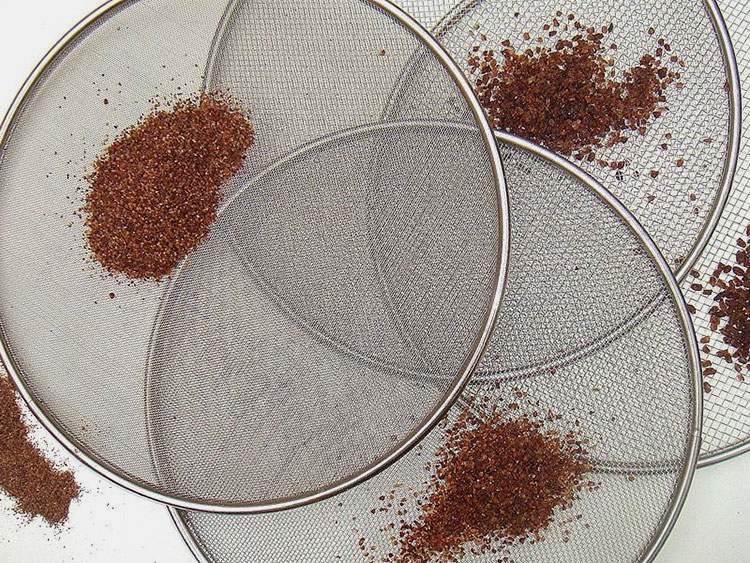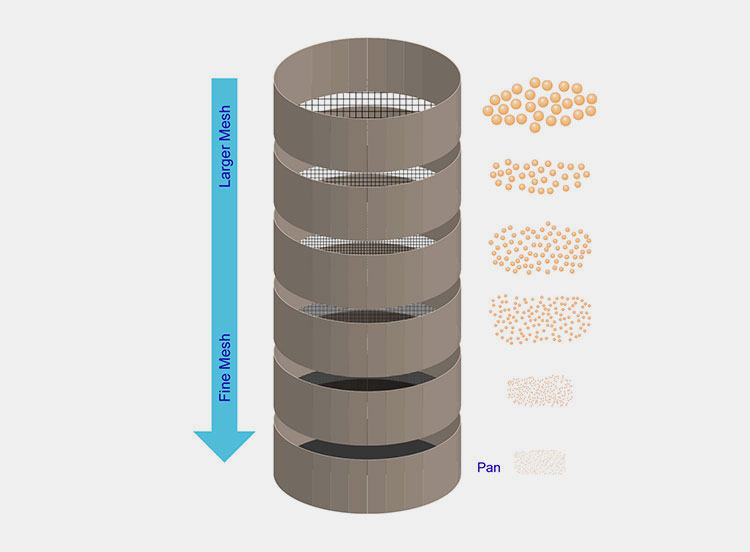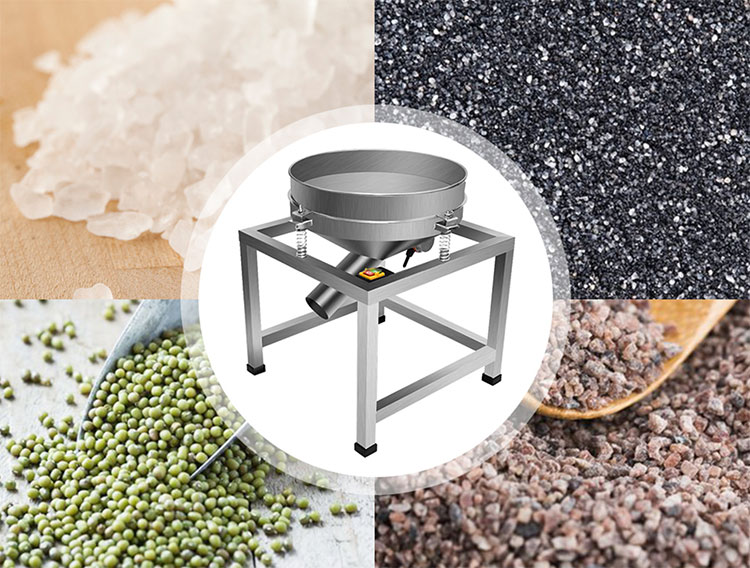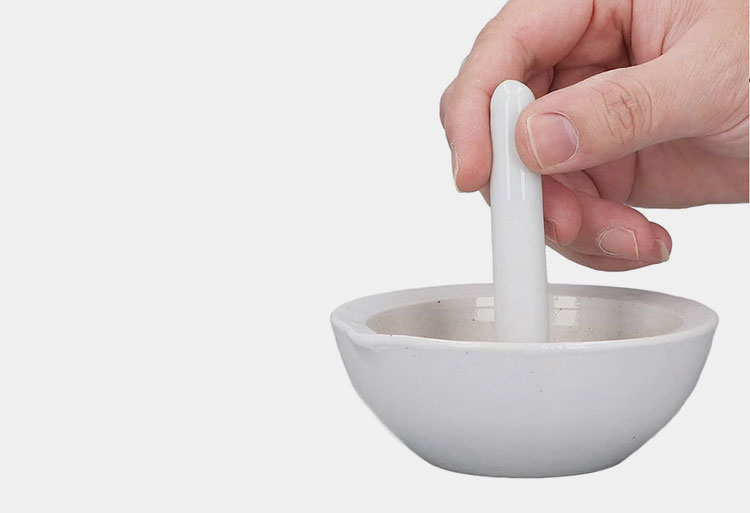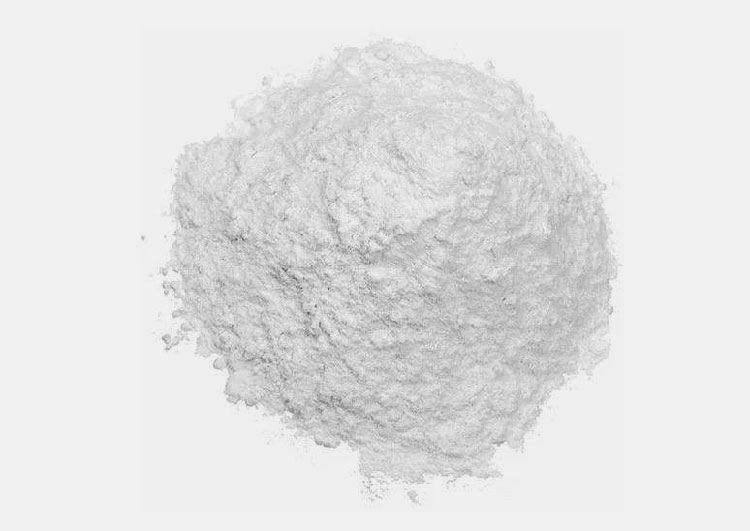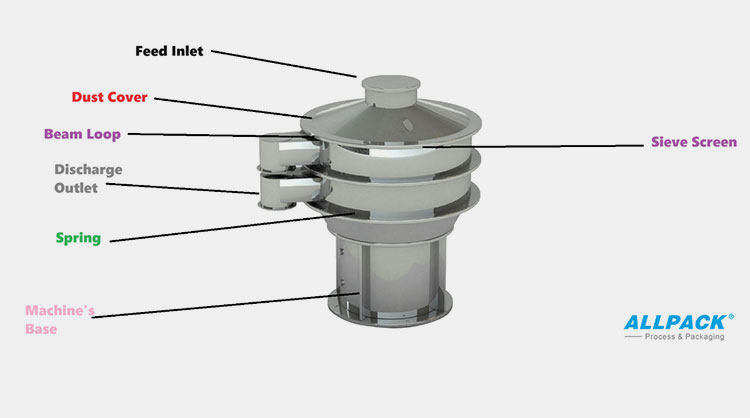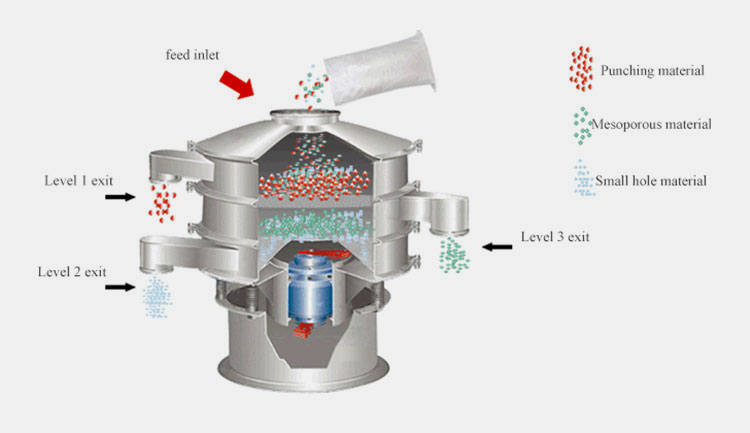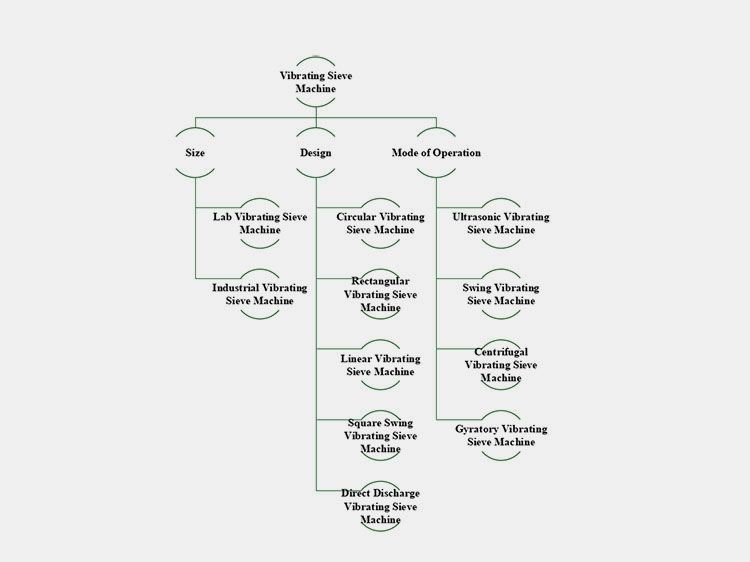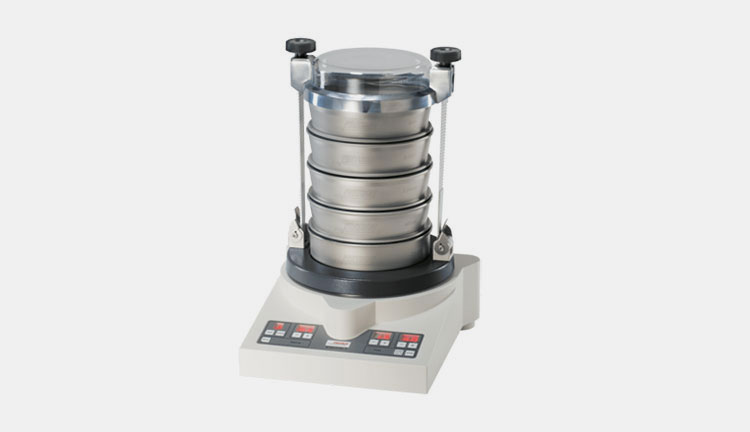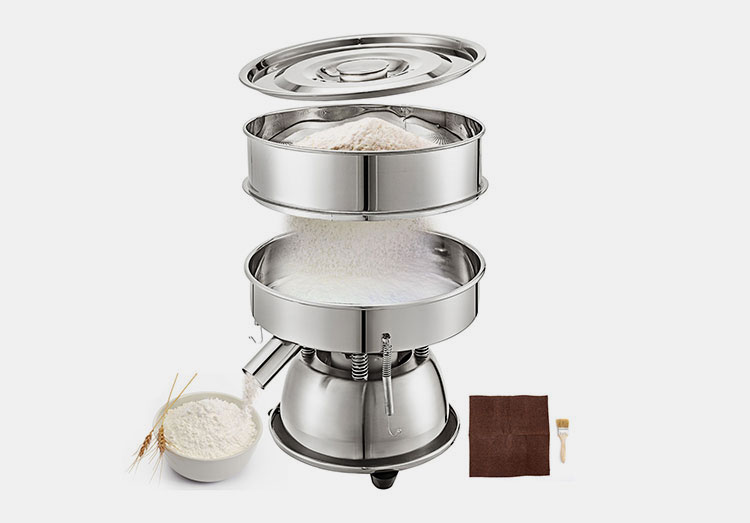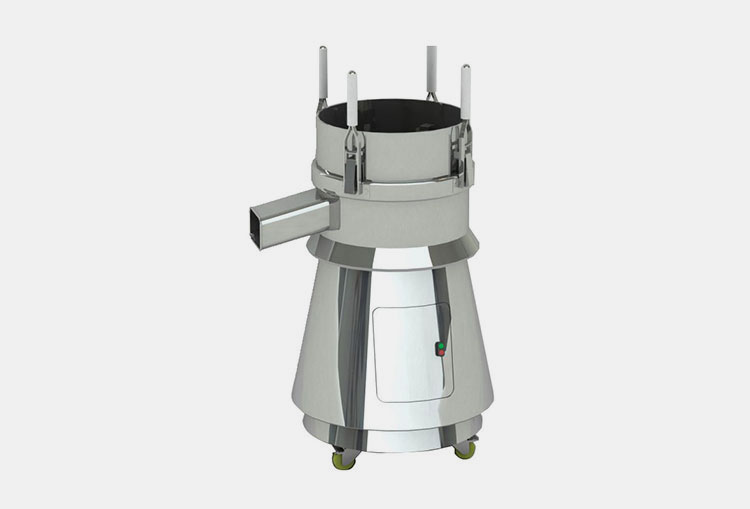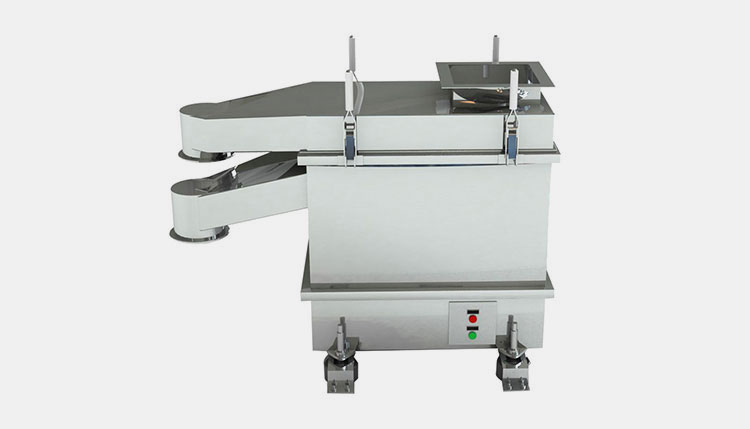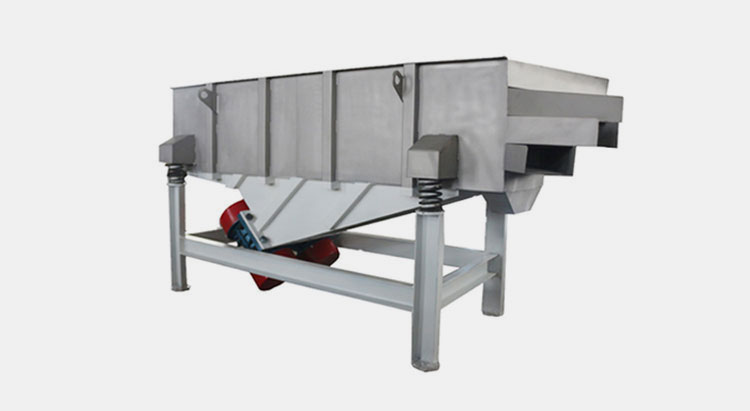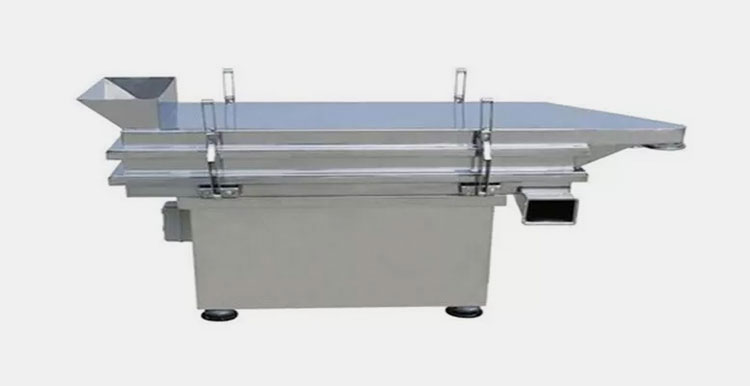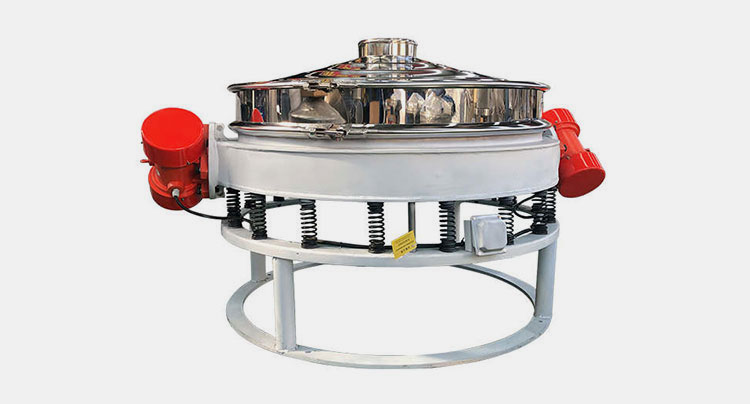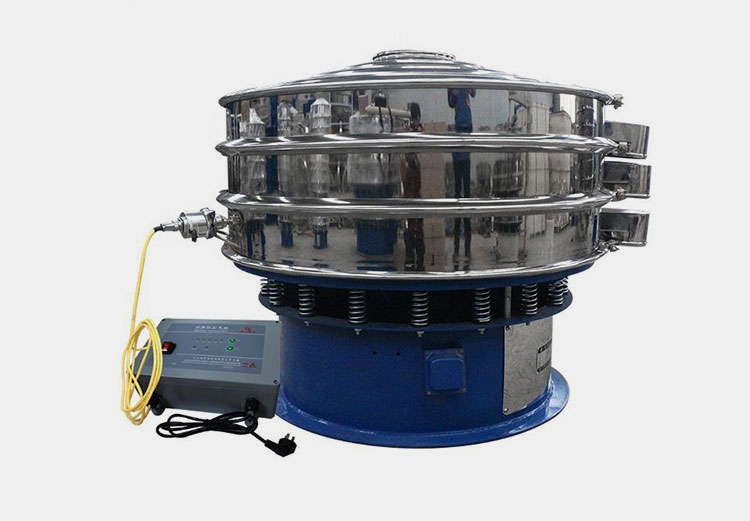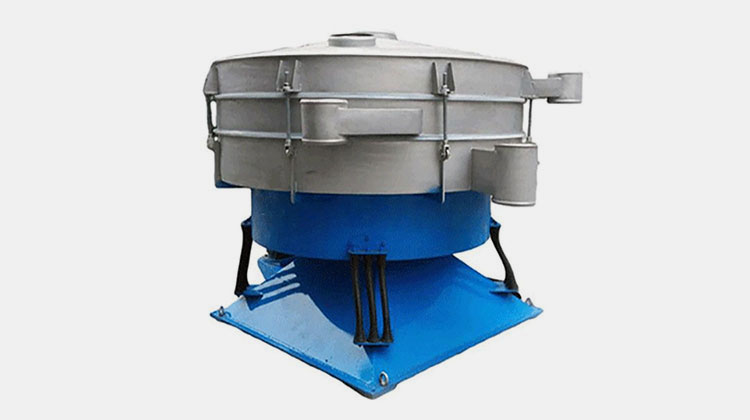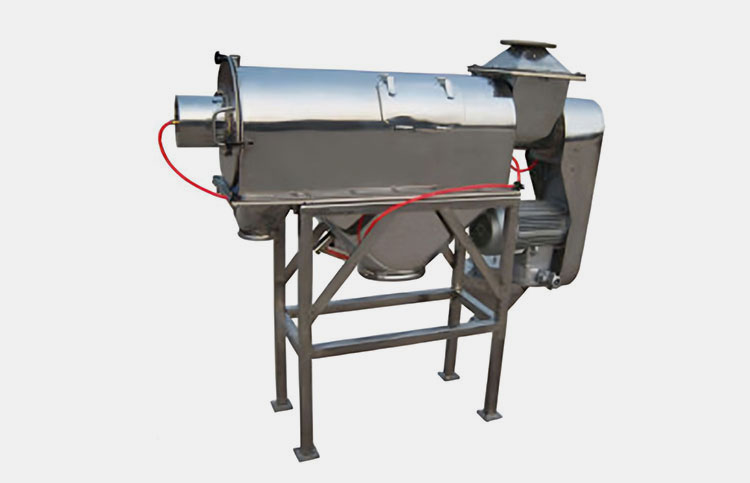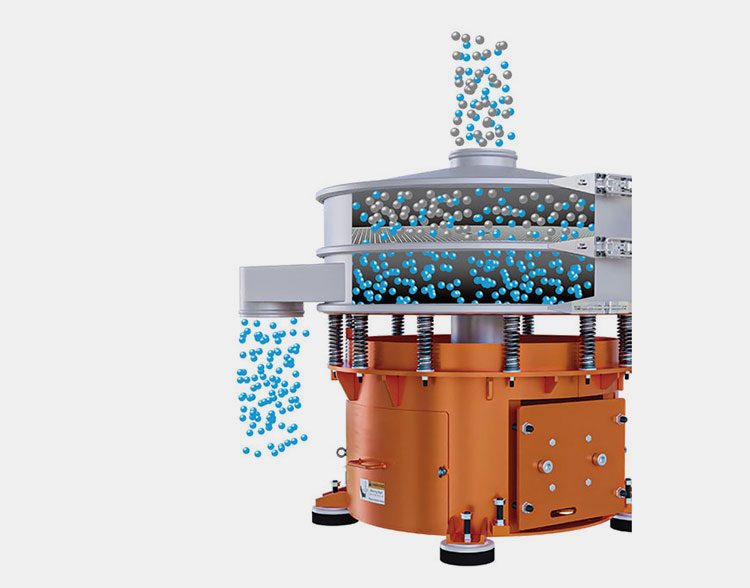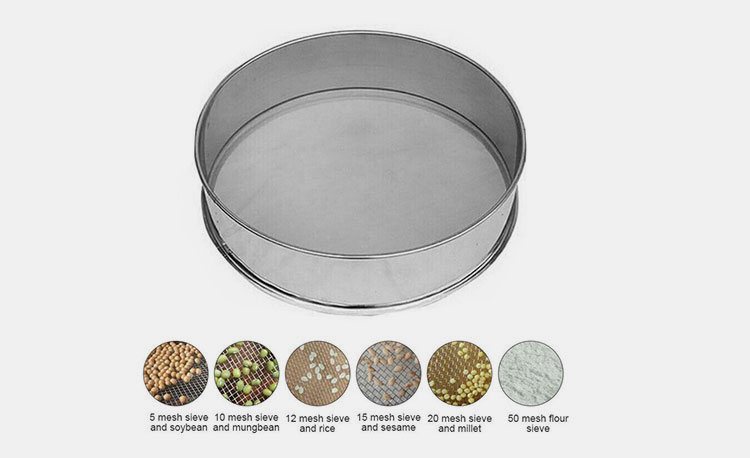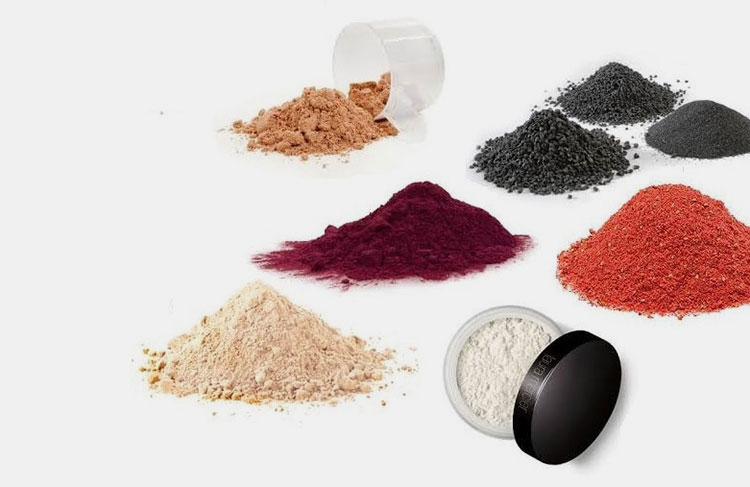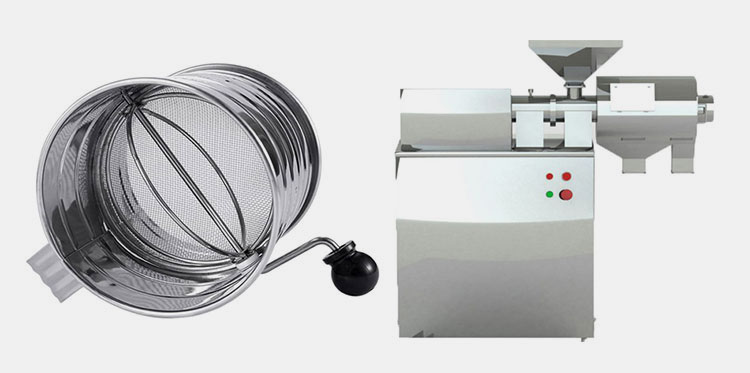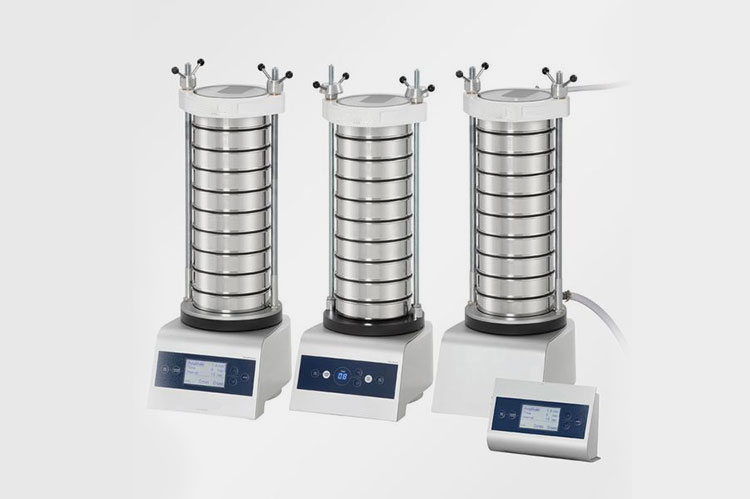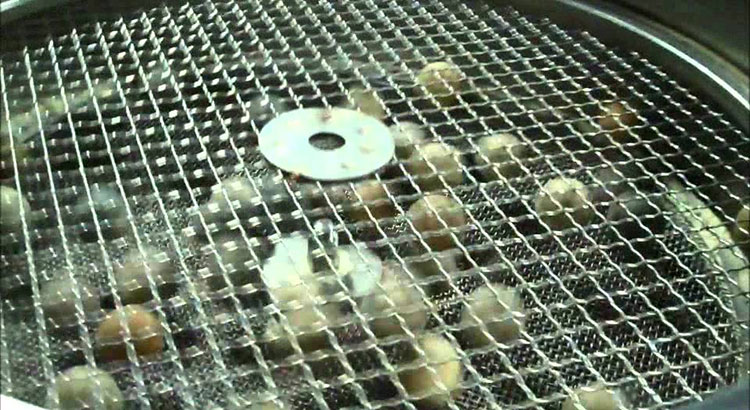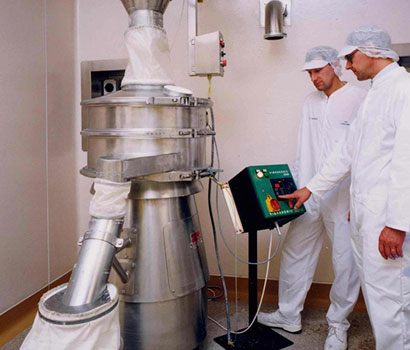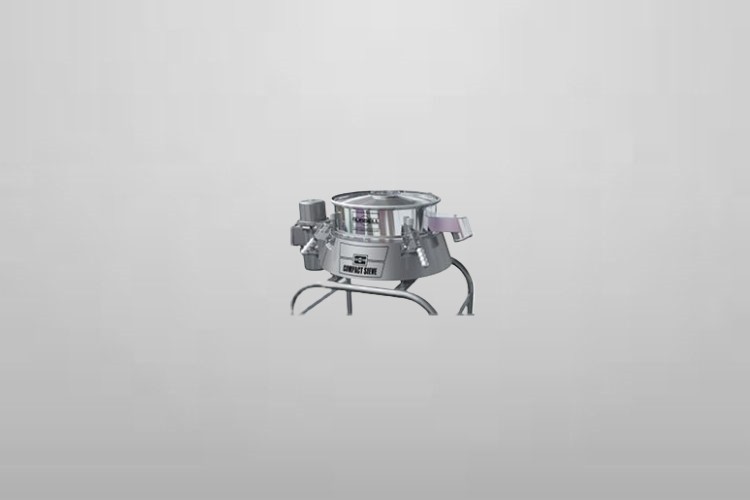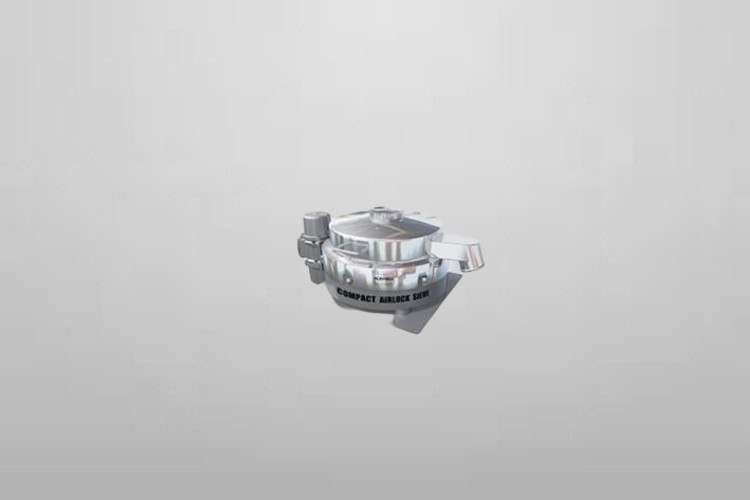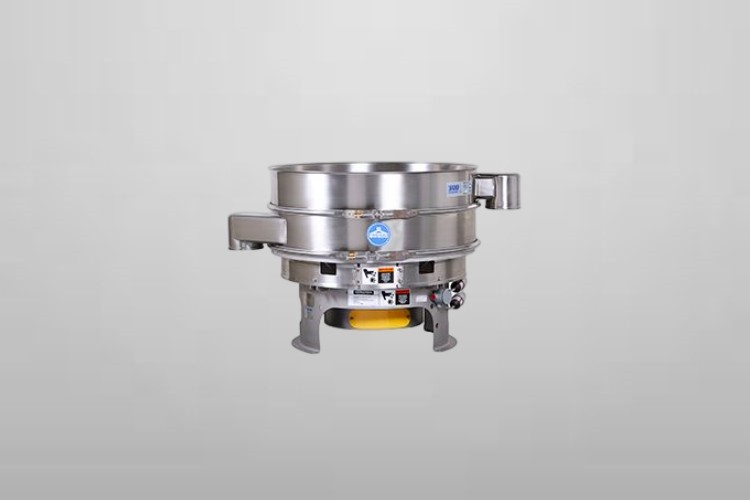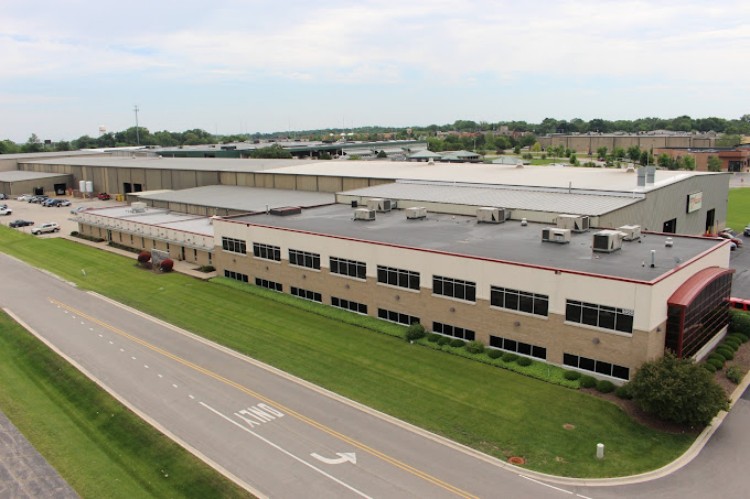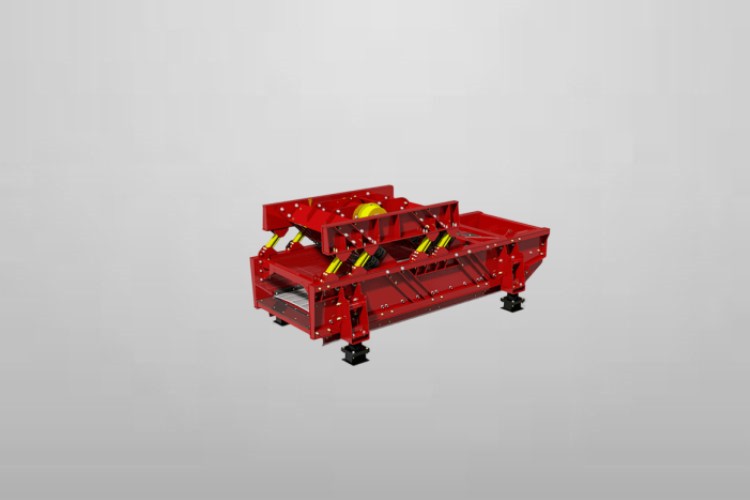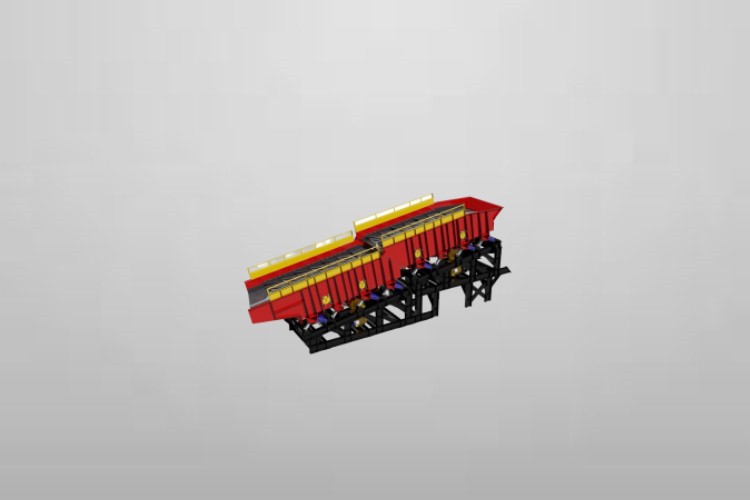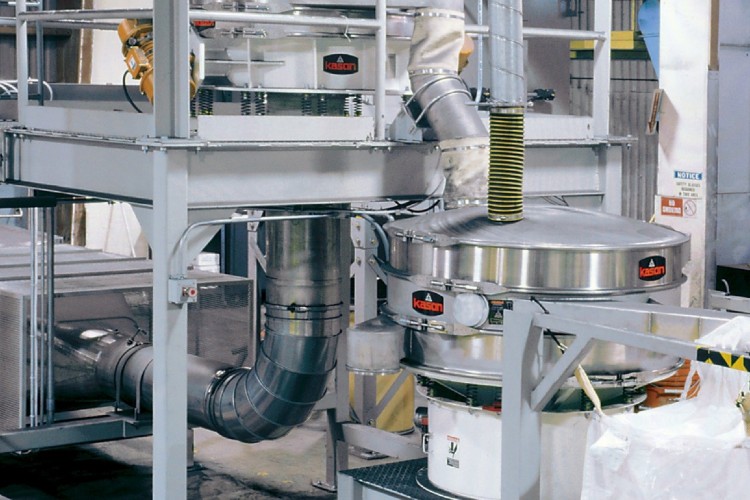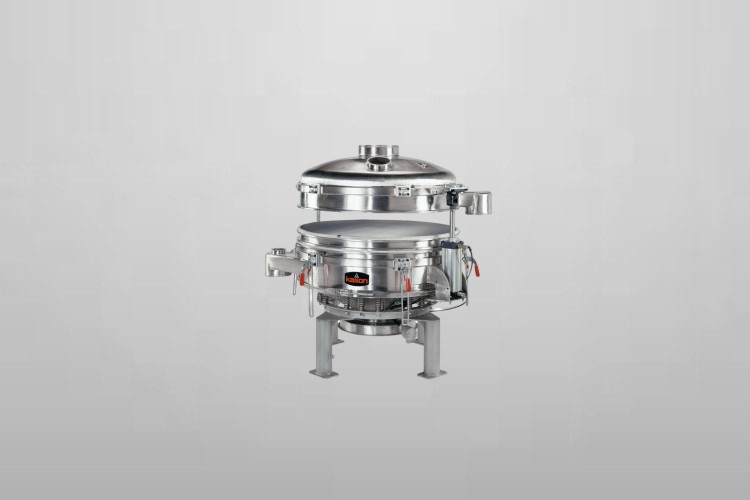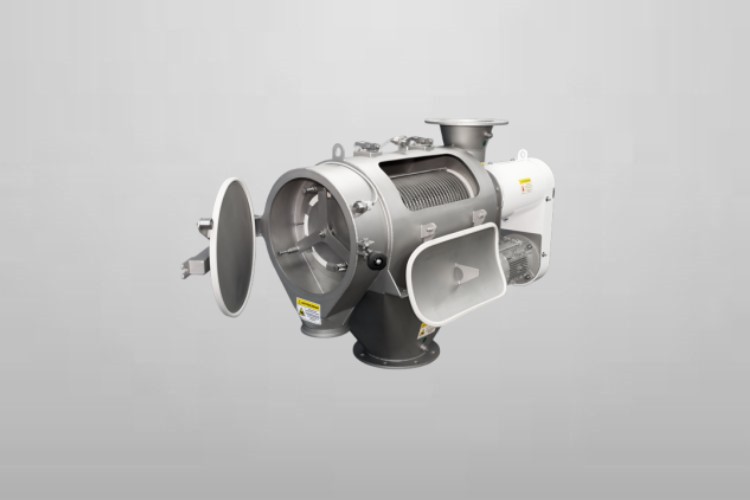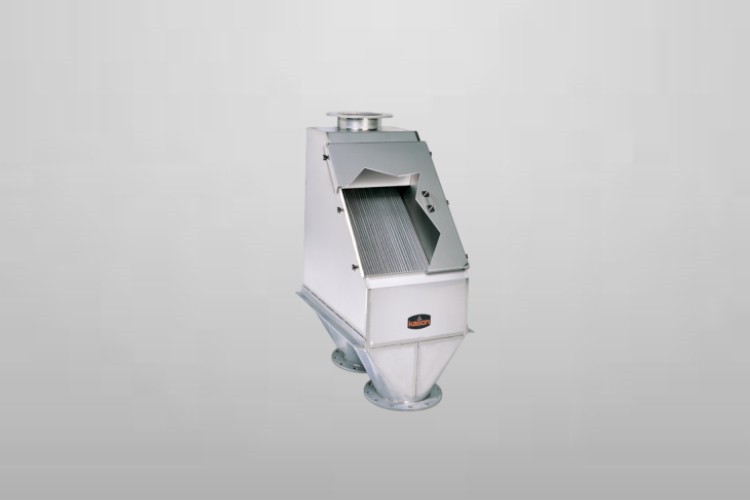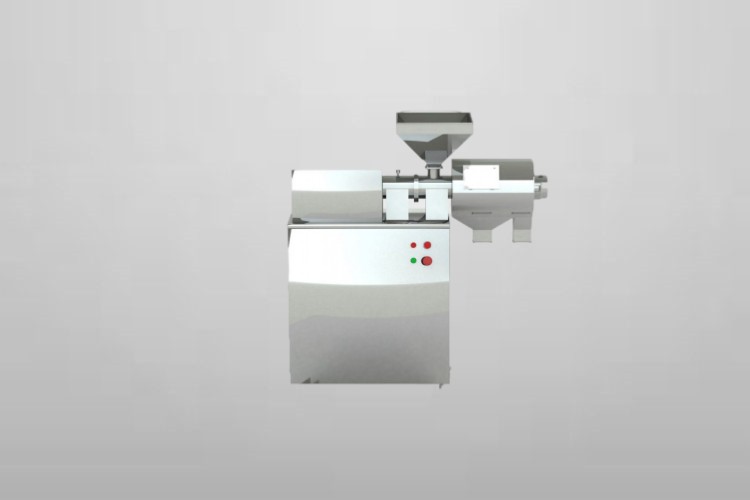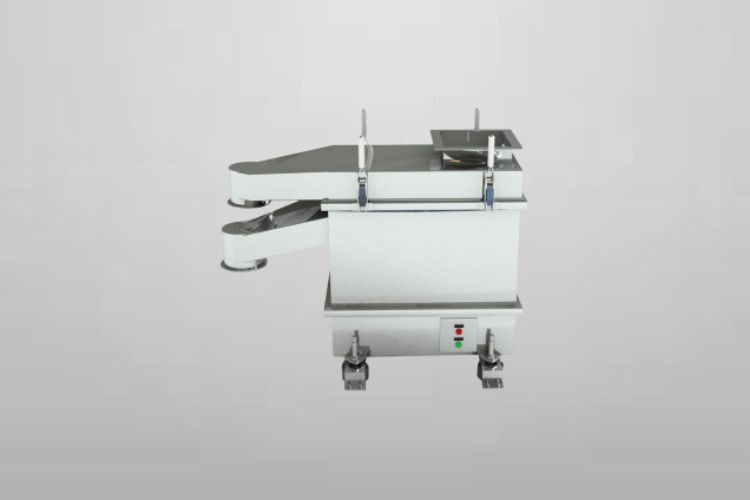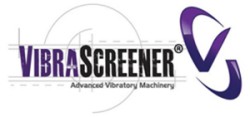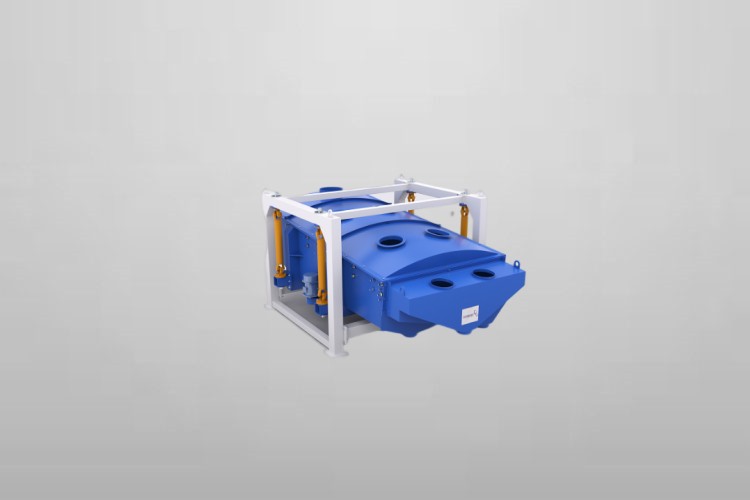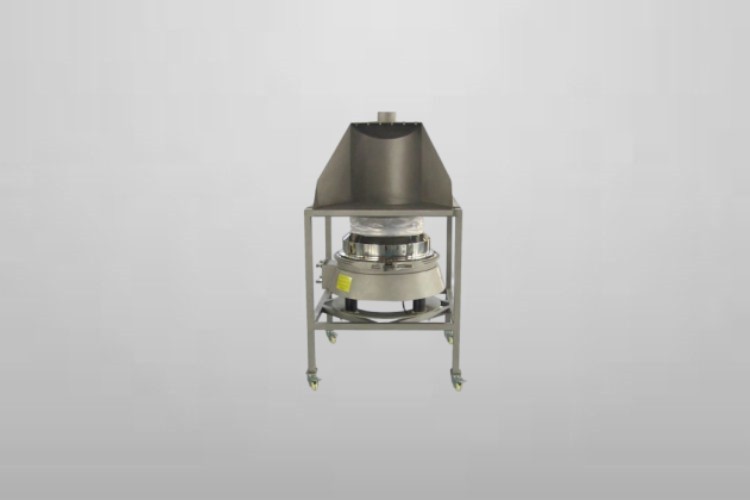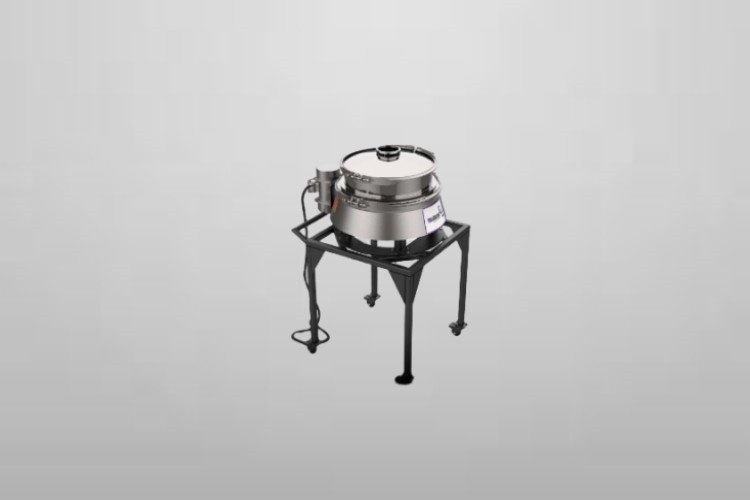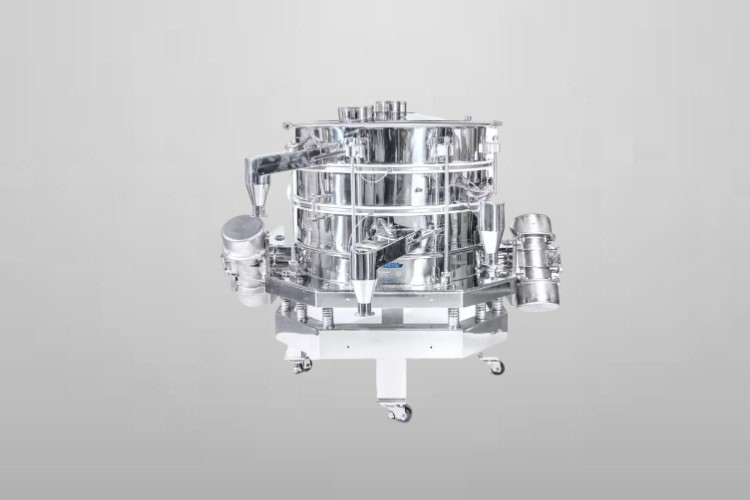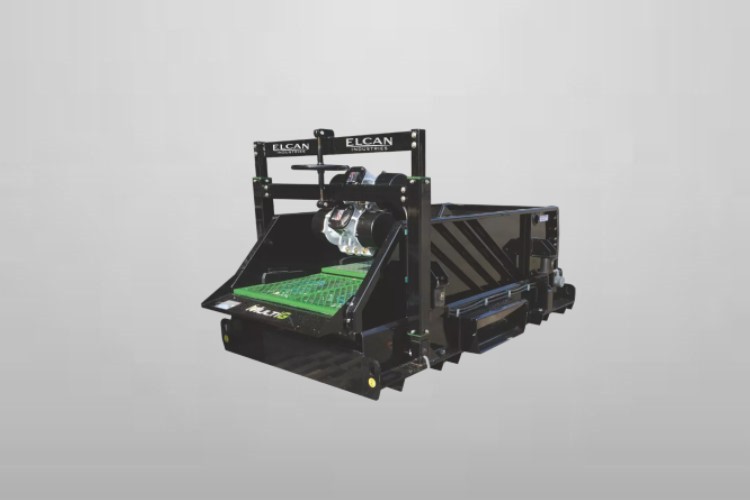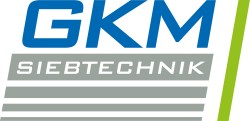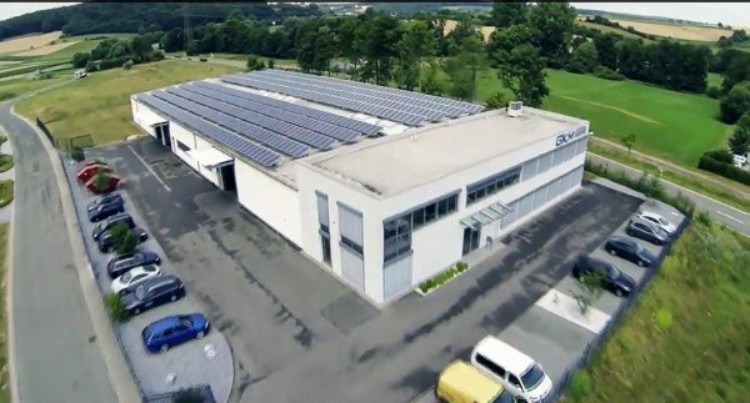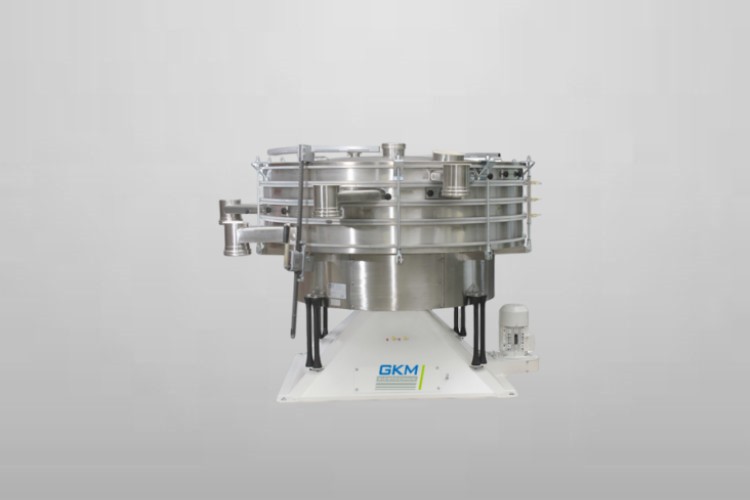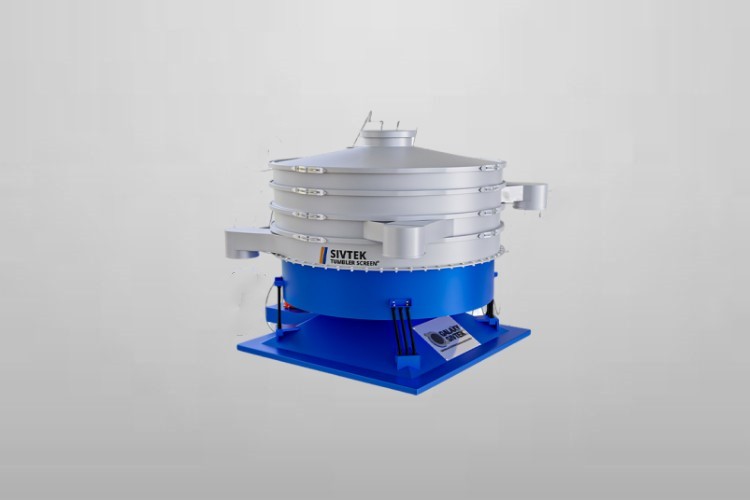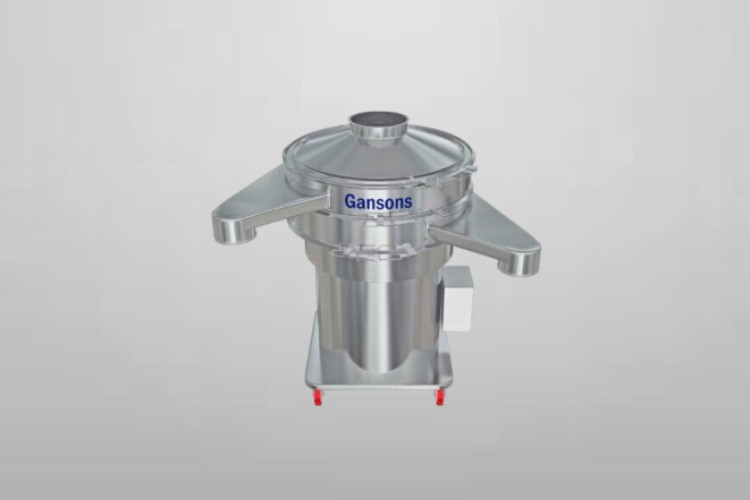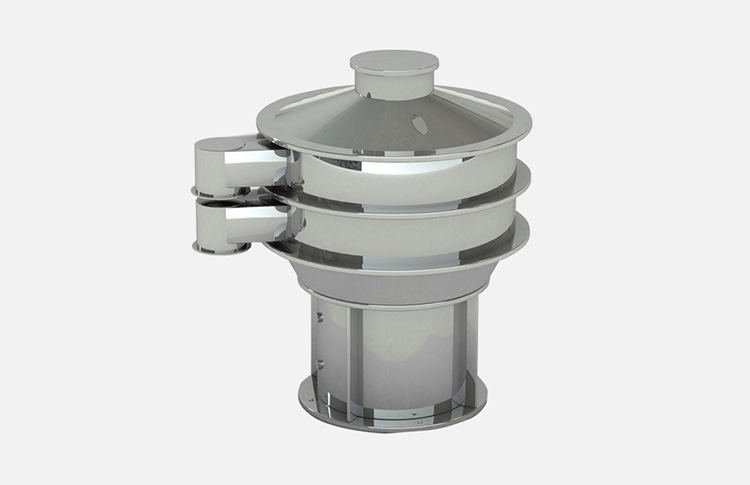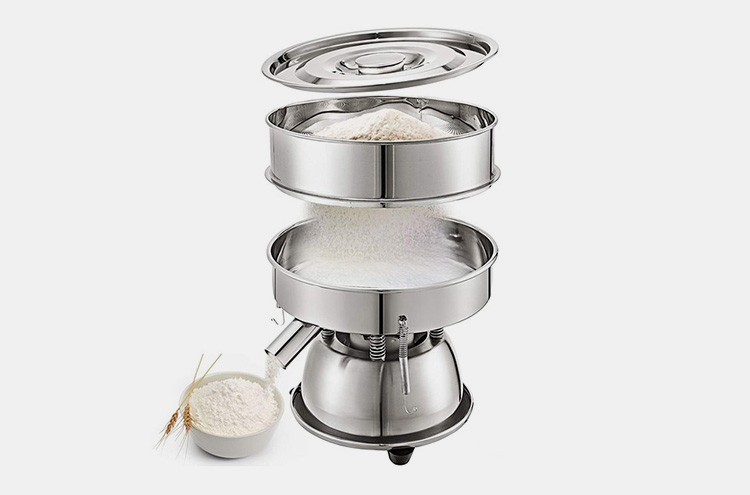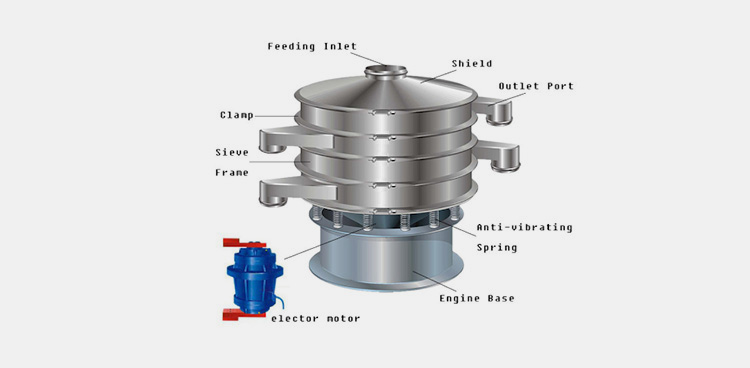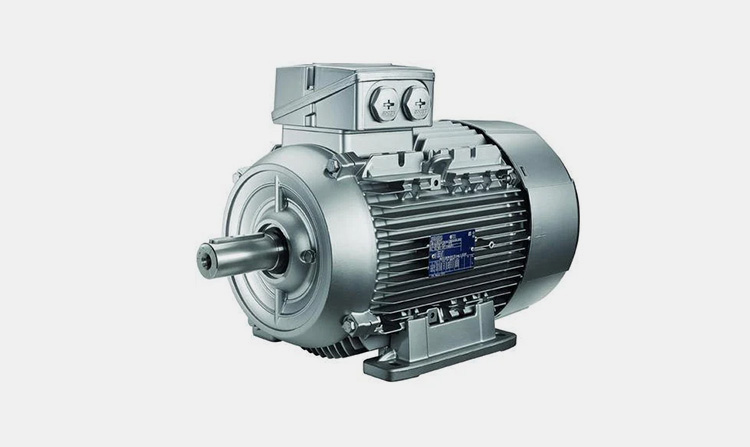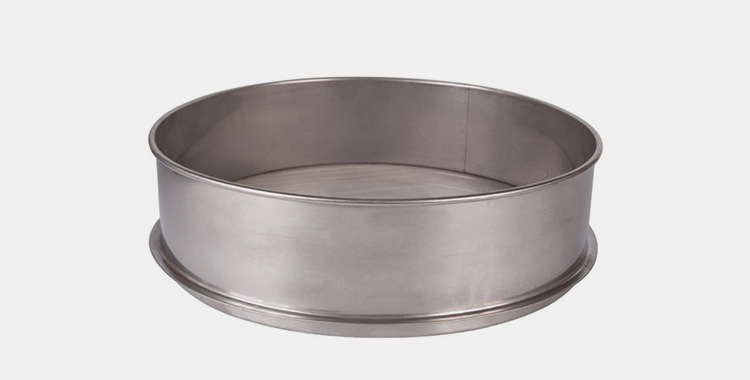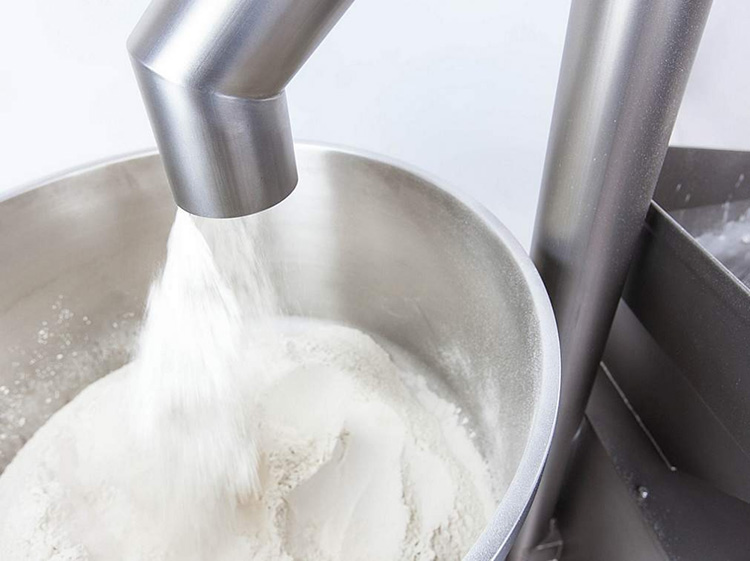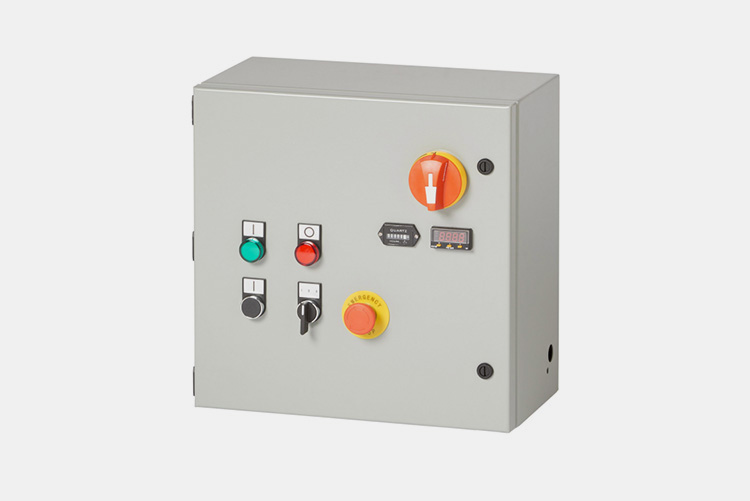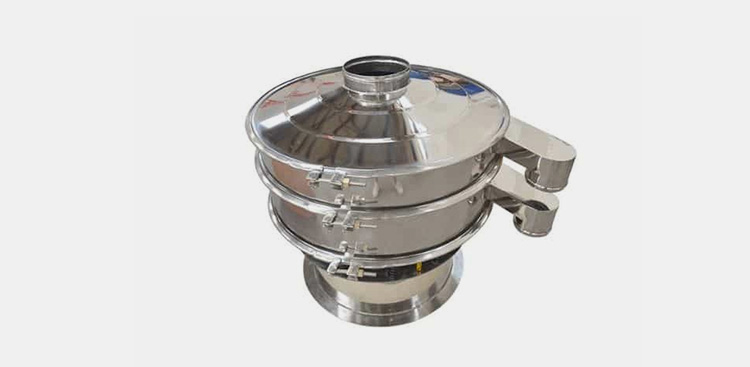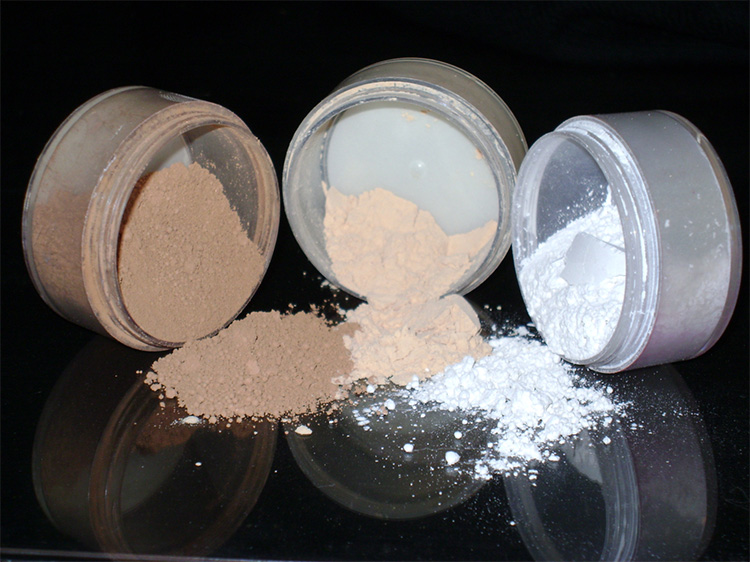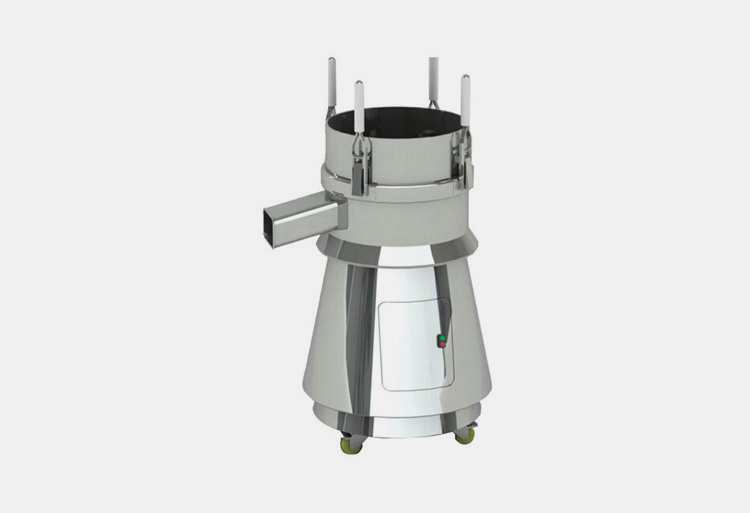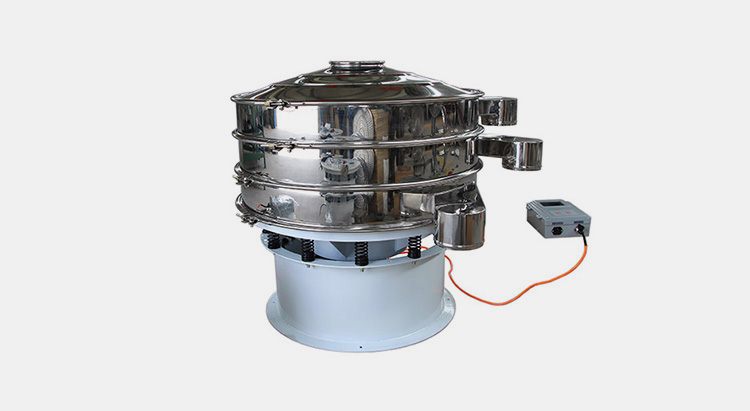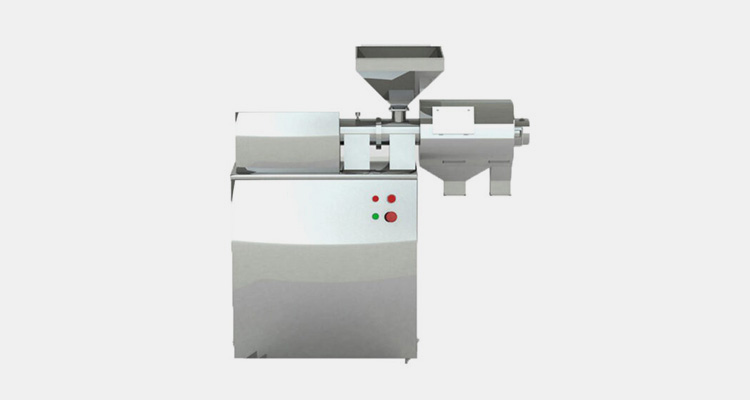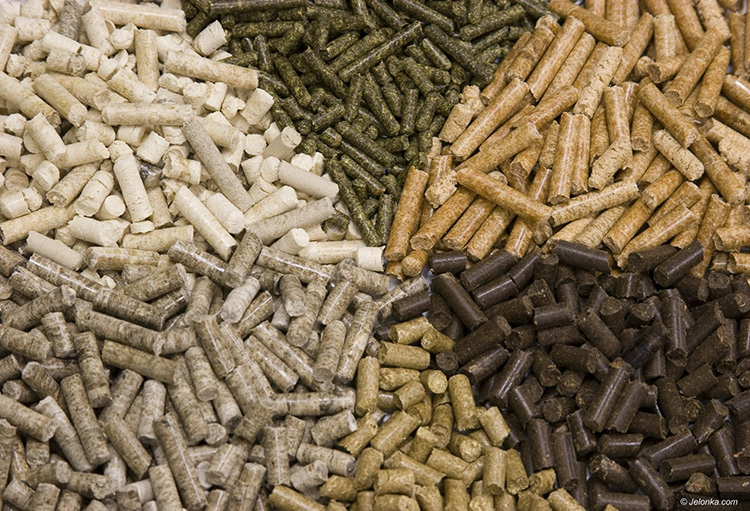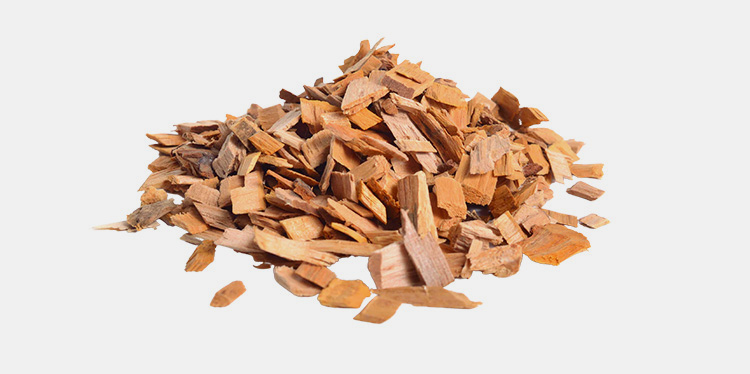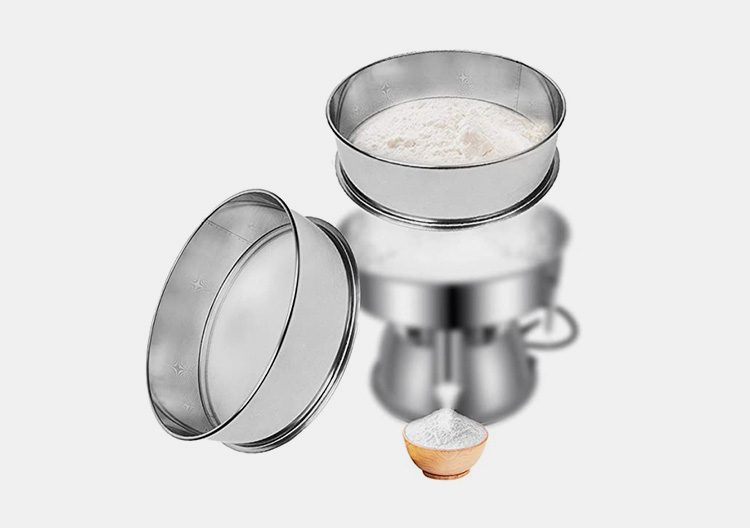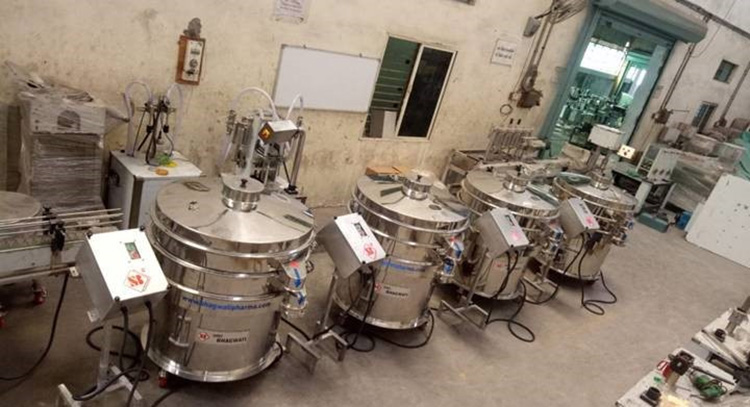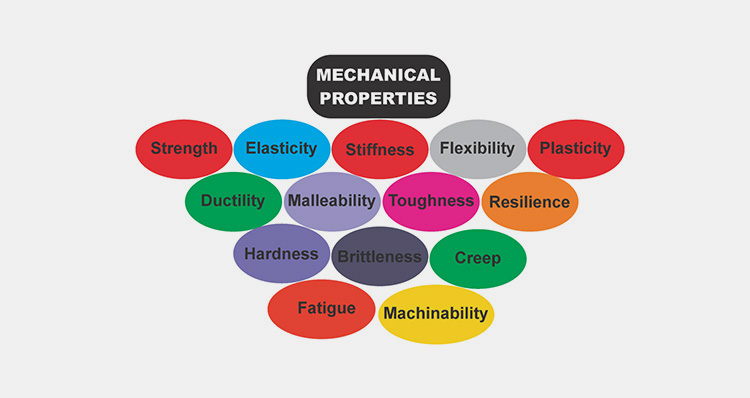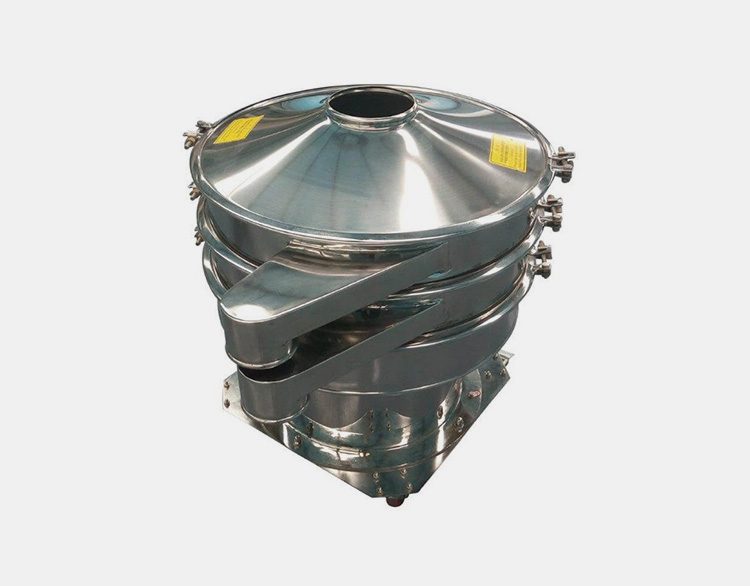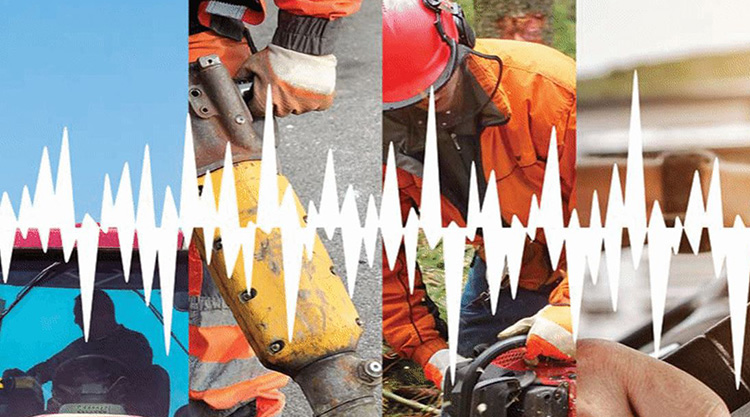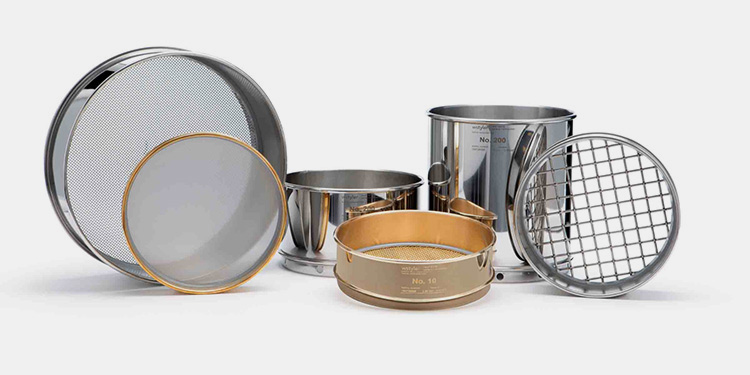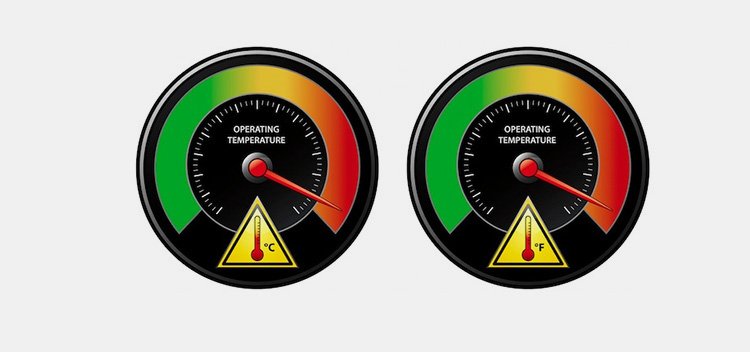Vibrating Sieve Machine: The Complete Buying Guide In 2025
Vibrating Sieve Machine: The Complete Buying Guide In 2025
Why is particle size important in drug development?
This is well known to you that all medicines or relevant products in the market are available in pure formulation and can you pick them without stressing about impurities or defects.
But have you ever wondered, what tool helps to provide an even and uniform particle size initially?
The exact and required particle sizes are achieved by the vibrating sieve machine.
In this blog, you’ll be able to explore significant information about vibrating sieve machine. Like, what it is? How it works? Its uses? Etc., without wasting your time, let’s move ahead!
1.What is a Vibrating Sieve Machine?
Vibrating Sieving Machine
A vibrating sieve machine is a commonly used tool to eliminate oversized or unwanted particles from raw materials before making a product. This is also known as a sieving machine which is intended to simplify powders and make them uniform and even.
The machine is small and compact in structure but offers a wide range of applications in various industrial sectors as it helps in manufacturing the best quality product. The separation of particles is based on the mesh size of the machine which can be selected upon your requirements.
The reason for vibration or gyratory motion is to move particles and separate them more efficiently. Due to its high responsibilities hooked with the lowest ratio of dust formation, this is high in demand globally.
2.How Does a Vibrating Sieve Machine Benefit You?
Nevertheless, a vibrating sieve machine is an essential tool used in almost every manufacturing industry. There are several benefits behind this machine, some of which are discussed below:
Innovative Design
Maximum and uniform separation of Particle- Picture Courtesy: Russel
The vibrating sieve machine ensures an efficient movement of sieving particles across the screening plate that helps in the separation of materials effectively with enhanced performance.
Modulated Vibrating Speed
Controllable sieving speed- Picture Courtesy: Dotomox
The machine has the ability to adjust fine tuning that depends from process to process and based on the characteristic of particles requires a specific speed.
Particle sizing of dry or wet products
Nature of particles- Picture Courtesy: Lawson
The vibrating sieve machine is a flexible option that is capable of running particles whether it is dry or wet. That’s why this is considered an ideal machine for several industries.
Dust-proof Sieving
Dust- Proof Sieving- Picture Courtesy: ATA Scientist
This machine is highly productive and offers you safe sieving as the machine features a dustproof covering that enables user safety and meets high production requirements in a safe manner.
Fast & Easy to Clean
Flexible to Clean- Picture Courtesy: Particle Technology Lab
Due to its robust designs and stainless steel body structure, it is quick to clean; the sieve containers are flexible to remove and easy to mount and clamp using a ring.
3.What are the Industrial Applications of Vibrating Sieve Machine?
The vibrating sieve machine has multiple sieving and screening application used for various purposes in several industries. Here are some important industrial applications of vibrating sieve machines:
Food & Beverage Industry
Applications in food & Beverage
A vibrating sieve machine construction is made up food food-grade materials that efficiently separate impurities and offering same same-sized particles. In food and beverage industries, it is used to sieve salts, sugars, spices, various flavoring and seasoning powders such as coconut powder, cocoa powders, mustard powders, etc.,
Chemical Industry
Vibrating sieve chemical
The vibrating sieve machine is broadly used in the chemical industry as it is safe to use and achieve the optimum range of chemical powders by using gyratory motion which is used to eliminate the wrong size range of particles that are not intended for particular application. For example, bleach powder, acidic powders like citric acid, boric acid etc, basic powders, and others.
Ceramics Industry
Ceramic powders vibrating sieve machine
In the ceramic industry, the sieving action is required to attain particle grading and separation. Thus, screening is significant in the processes of the ceramic industry. The material sieving includes clay, talc, and sand, which must be sieved before final processing.
Pharmaceutical Industry
Vibrating sieve machine for particles of Pharma
A vibrating sieve machine plays a vital role in the manufacturing of pharmaceuticals ensuring persistent quality and safety. In the preparation of medicines, accurate grading and uniform-size particles are paramount which is achieved by the application of a vibrating sieve machine. The preparation of tablets, powders, ointments, lotions, capsules, pills, granules, syrups, antibiotics, painkiller solutions, and other products needs proper sieving prior to manufacturing.
Minerals Industry
Limestone powder from vibrating sieving machine
This machine is broadly applied in the mineral industry and is specifically designed to deal with minerals of different sizes. the machine is capable of running large production batches with high efficiency. The primary mineral sieving involved are sulfur, salts, coals, graphite, limestone, and others.
4.What are the parts of the Vibrating Sieving machine?
Allpack Vibrating Sieve Machine
Feed Inlet
The materials to be sieved are introduced into a vibrating sieve machine via feed inlet which is also known as an entry junction.
The feed inlet is responsible for ensuring the proper entrance of material for sieving.
Dust Cover
As it names show, this part of the machine is responsible for subsiding dust formation which is generated during the sieving process. It helps in keeping the production facility clean and safe against respiratory problems.
Beam Loop
During the sieving process, the machine becomes stable and supported by a beam loop as it integrates parts of the machine connected and makes them unite to avoid dissembling.
Discharge Outlet
This is an existing junction where sieved particles are discharged out of the machine.
Machine's Base
The machine of vibrating sieve machine is made up of stainless steel and firm casting which offers maximum and great support.
Sieve Screen
This is the main unit or component of the machine which is responsible for filtering particles from the screen of the respective mesh size. The smaller particles pass through the perforated screen via vibrating force and larger ones remain left on the surface.
5.What Is the Working Principle Of a Vibrating Sieve Machine?
The working principle of vibrating sieve machine
Level 1- Punching Materials
The working of the vibrating sieve machine. begins when you feed raw material into the unit using the inlet portion.
When you see the diagram, punch material screens first and leave the unit from the exit. The punching material is mainly known as large size particles that are mostly presented in irregular shapes.
Therefore, to prevent sieve clogging, large size particles filters first.
Level 2- Mesoporous Materials
Now , vibrating sieve machine. typically holds material with small to medium size particles which is comparatively more challenging to filter than large size particles. By helps of agitation, mesoporous material leaves the system.
Level 3- Small Materials
The more finest and small size particles are sieves evenly from this level. In this level, you may receive powders that are suitable for pharmaceutical preparations, such as tablets, capsules, and other purposes.
6.What Is a Type Of Vibrating Sieve Machine?
There are different types of vibrating sieve machines, depending on the size, design, and operational principle of the vibrating sieve machine.
According to Size
Lab Vibrating Sieve Machine
Lab Vibrating Sieve Machine
It is also called a laboratory sieve shaker and is used in small industries and the research and development sector. It has a smaller footprint, typically mounted on a smaller frame. The lab vibrating sieve machine is accommodated on the benchtops and is a portable unit.
It usually processes and separates smaller test batches.
Industrial Vibrating Sieve Machine
Industrial vibrating sieve machine- picture courtesy: eur.vevor
It is a large industrial type of vibrating sieve machine, that processes larger batches of raw materials. It often contains multiple screens that aid in higher separation efficiency. It is employed in larger industrial settings as it is used in continuous separation.
The industrial vibrating sieve machine is larger so it needs more floor space.
According to Design
Circular Vibratory Sieve Machine
Allpack Circular Vibrating Sieve Machine
This machine has a typical design with a circular frame and circular mesh screen. The particles in this machine are sieved by the circular vibration. The materials move towards the centre of the circular mesh and then are separated. It has the simplest design of the vibrating sieve machine. Due to its circular shape, it has a lower footprint as compared to other types of vibratory sieve machines.
Rectangular Vibrating Sieve Machine
Allpack Rectangular Vibrating Sieve Machine
In contrast with the circular vibrating sieve machine, this machine consists of a rectangular-shaped structure with a rectangular screen. This rectangular-shaped design has the benefit of larger sieving areas over traditional circular vibrating sieve machines.
Linear Vibrating Sieve Machine
Linear Vibrating Sieve Machine- Picture Courtesy: Dingcoma Coporation
It has a straightforward linear type design in which linear vibrations of the machine sieve the substances. It uses forward and backward vibrational motion produced by the motors to move materials on the mesh screen, leading to their separation. Because of its simpler construction, it is easy to clean, maintain, and run this equipment.
Square Swing Vibrating Sieve Machine
Square Swing vibrating Sieve Machine
The mesh screen in this type of vibrating sieve machine is in square shape. This provides more sieving area as compared to a circular vibrating sieve machine. The sieving assembly moves forward and backward to filter the smaller particles from larger-sized particles.
Due to the larger separation area, it has more sieving capacity. It prevents clogging of the mesh screen by its swinging motion.
Direct Discharge Vibrating Sieve Machine
Direct Discharge Vibrating Sieve Machine
This type of vibrating sieve machine, as the name suggests, directly removes the undesired large particles from the bottom and increases the filtering efficiency. It behaves like a typical vibrating sieve with its vibrating motion. This motion directs the separation of smaller particles from the mesh screen while larger particles are removed from the discharge port located at the bottom.
According to the Mode of Operation
Ultrasonic Vibrating Sieve Machine
Ultrasonic Vibrating sieve Machine
It is also referred to as an ultrasonic sifter. In this machine, ultrasonic waves and vibrations are used to filter the materials. The weak bonding between particles is broken down by the ultrasonic waves and vibrations. It decreases the size of particles in turn increasing their separation efficiency.
It removes undesired particles that boost end-material quality.
Swing Vibrating Sieve Machine
Swing Vibrating Sieve Machine
This machine is also called a swing screen. As compared to a typical vibrating sieve machine that has vertical motion, the swing vibrating sieve machine moves in the horizontal direction back and forth to separate the particle materials. This counteraction motion boosts the sieving efficiency of the machine.
Centrifugal Vibrating Sieve Machine
Centrifugal Vibrating Sieve Machine
It is also called rotex sifter. The principle of centrifugal force and vibration are combined in this machine for the separation of the particles. A rotating paddle present in this machine generates the centrifugal force while the vibration is produced by the mesh screen. Both these forces increase the separation efficiency and decrease the chances of clogging.
It separates materials at a much faster rate than a simple vibrating sieve machine.
Gyratory Vibrating Sieve Machine
Gyratory Vibrating sieve machine
It consists of screen mesh which is placed at the frame of the machine. It uses gyratory motion to separate the particles.
This motion leads to the movement of particles along the walls of the gyratory vibrating sieve machine which in turn causes the passing of smaller materials from the mesh screen while larger particles remain at the mesh screen.
It can easily accommodate batches of higher volumes and has high production capacity.
7.What is the mesh size of the Vibrating Sieve Machine?
Application of Mesh Size in Vibrating Sieve Machine.
The mesh size of the vibrating sieve machine is the size of the screen mesh installed on the vibrating sieve machine. The mesh size of the mesh screen is the size of the aperture or holes present per inch or per centimetre of the mesh screen. These openings or holes are the main parts that are used for the sieving of materials.
Mesh size is an important parameter that plays a role in filtering different materials. The highest mesh size means the highest aperture size. It processes and separates particles with larger sizes. In contrast, a smaller mesh size means a smaller aperture size, mesh with smaller sizes filters fine and ultrafine particles.
Units of Mesh Size
Mesh size is measured in different units like a millimetre, micrometre, or mesh number per inch.
1 mm=1000 µm
Here is a chart for your understanding.
| Mesh | Aperture (mm) | Mesh | Aperture (mm) | Mesh | Aperture (mm) |
| 2 | 12.5 | 50 | 0.3555 | 300 | 0.050 |
| 4 | 6 | 60 | 0.28 | 400 | 0.0385 |
| 8 | 3 | 70 | 0.244 | 500 | 0.0308 |
| 12 | 1.6 | 80 | 0.18 | 600 | 0.026 |
| 16 | 1.25 | 90 | 0.16 | 800 | 0.022 |
| 20 | 0.9 | 100 | 0.15 | 1000 | 0.015 |
| 30 | 0.6 | 150 | 0.1 | 2000 | 0.008 |
| 40 | 0.45 | 200 | 0.074 | 2800 | 0.003 |
It is observed from the above-mentioned chart that a smaller mesh count has a smaller number of openings or aperture per inch of the mesh screen but has a higher aperture or mesh size, therefore, the aperture diameter is higher. Conversely, the larger mesh count has a greater number of openings per inch, consequently, the diameter of the aperture or mesh size is less.
8.How Do You Determine the Size Of The Mesh In The Vibrating Sieve Machine?
Particle size of material- Picture Courtesy:Fp
The mesh size or count is usually determined by the size and characteristics of particles that need to be filtered. The calculation of mesh size is also dependent upon the size of the batch.
Particle Size
Particle Size and Mesh Size
If your desired particle size is smaller, then go for the mesh size with the smaller mesh count. This mesh has a larger aperture diameter so it is easily used in coarse filtration.
For example, the mesh with a size of 4 mm or above is used for sieving the stones and other larger impurities.
On the other hand, select a smaller mesh size if the target particle size is smaller. The sandy materials are sieved with a mesh size of 1mm to 400 µm. These mesh sizes are used for medium to fine particle separation.
For fine or ultrafine separation of particles, the smallest mesh sizes are used having sizes of 10 µm or below.
Shape of Particles
Shapes of Particles and Mesh Size
Shapes of particles also determine the mesh size of the vibrating sieve machine. If particles have irregular shapes, then a larger-sized mesh is needed for processing such shaped particles This mesh size has a larger-sized opening, so particles are easily passed without clogging the mesh screen.
For round-shaped particles or consistent shape particle size, a mesh screen with a smaller aperture size is used. This mesh size is used for their superior sieving.
9.What Is the Difference Between A Sifter And A Vibrating Sieve Machine?
Allpack Vibrating Sieve Machine
Sifter and vibrating sieve machines, both are used for filtration and separation of the materials. There are some notable differences between these two machines. Some differences are listed for your information.
| Feature | Sifter | Vibrating Sieve Machine |
| Operation | This machine uses manual agitation for sieving the materials. Manual agitation is achieved by hand cranking or motors. | This machine with the help of vibratory motion separates the materials. Motors are used for powering the machine. |
| Applications | It is used in the small-scale industries like bakeries and food sectors. It is used for delicate filtration, in which particles may degrade upon vibration. | It is used in large-scale industries because of its high throughput. A vibrating sieve machine is typically employed for vibration-resistant materials. |
| Size | It is typically smaller in size, so. it is convenient to move these sifters. | Vibrating sieve machine has a higher footprint and are heavier in weight. |
| Production Capacity | It is used for smaller batches and light-duty applications. Sifter is utilized for batch processing. | It is used for large batches and has larger efficiency and speed. This machine is more suited for continuous processing applications. |
| Precision | The sifter machine has low precision. | The vibrating sieve machine has high precision. |
| Cost | Due to its simple construction, the sifter has a low initial investment. | Since it is a complex configuration, so this machine costs more. |
10.What Are the Major Problems And Solutions for Vibrating Sieve Machine?
As a vibrating sieve machine is the most common tool used for screening due to high efficiency and precision; it also confined to some unwanted problems also. How to deal with them? Our team has comprehensively described them below, have a look:
Machine Doesn’t Sieve Properly
A Vibrating Sieve Machine- Picture Courtesy: Voor 'T Labo
Due to high quantity of uneven raw materials, screen of the machine may be damaged, or excessive oil addition may lead to cause this problem.
This can be solved by installing the machine on firm and even place, check if electrical connections is smooth and uninterrupted. Replace the damaged sieve or screen and check if machine works satisfactorily.
Clogging and Binding of Particles
Anti binding balls used in vibrating sieve machine
This is common problem where machine sieves blogged due to binding of materials and affect overall process. To solve this problem, anti-static or anti-binding devices are introduced such as ultrasonic machines which prevent binding of particles.
Follow the regular cleaning, by these chances of clogging also minimizes.
Conclusion
Certainly, a vibrating sieve machine is ideal to screen and separate particles for mass production in various industries, it can be wet and dry particles of various sizes and shapes. The machine ensuring facilitation of high and even particles to make your product with high quality. If you’re looking for purchasing machine for production facility; then please contact Allpack Team to avail guidance and quotation.
Don't forget to share this post!
CONTACT US
Tell us your raw material and project budget to get quotations within 24 hours.
WhatsApp Us: +86 181 7101 8586
The Buyer's Guide
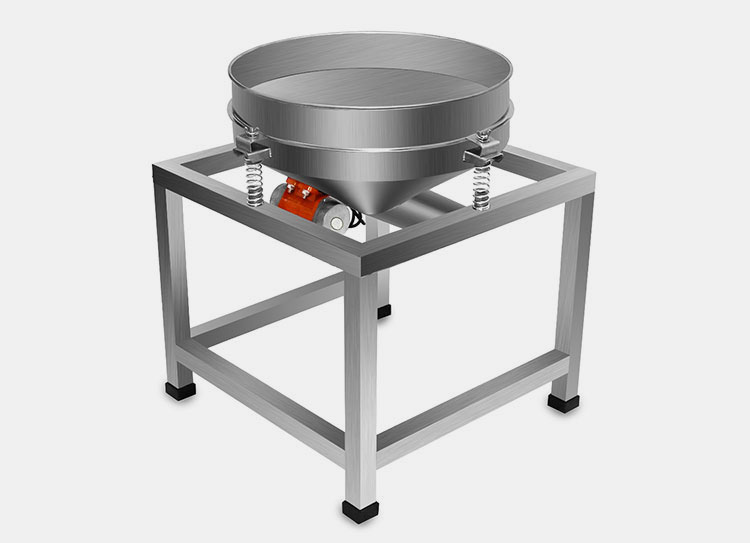
Vibrating Sieve Machine: The Complete Buying Guide In 2025 Read More »



